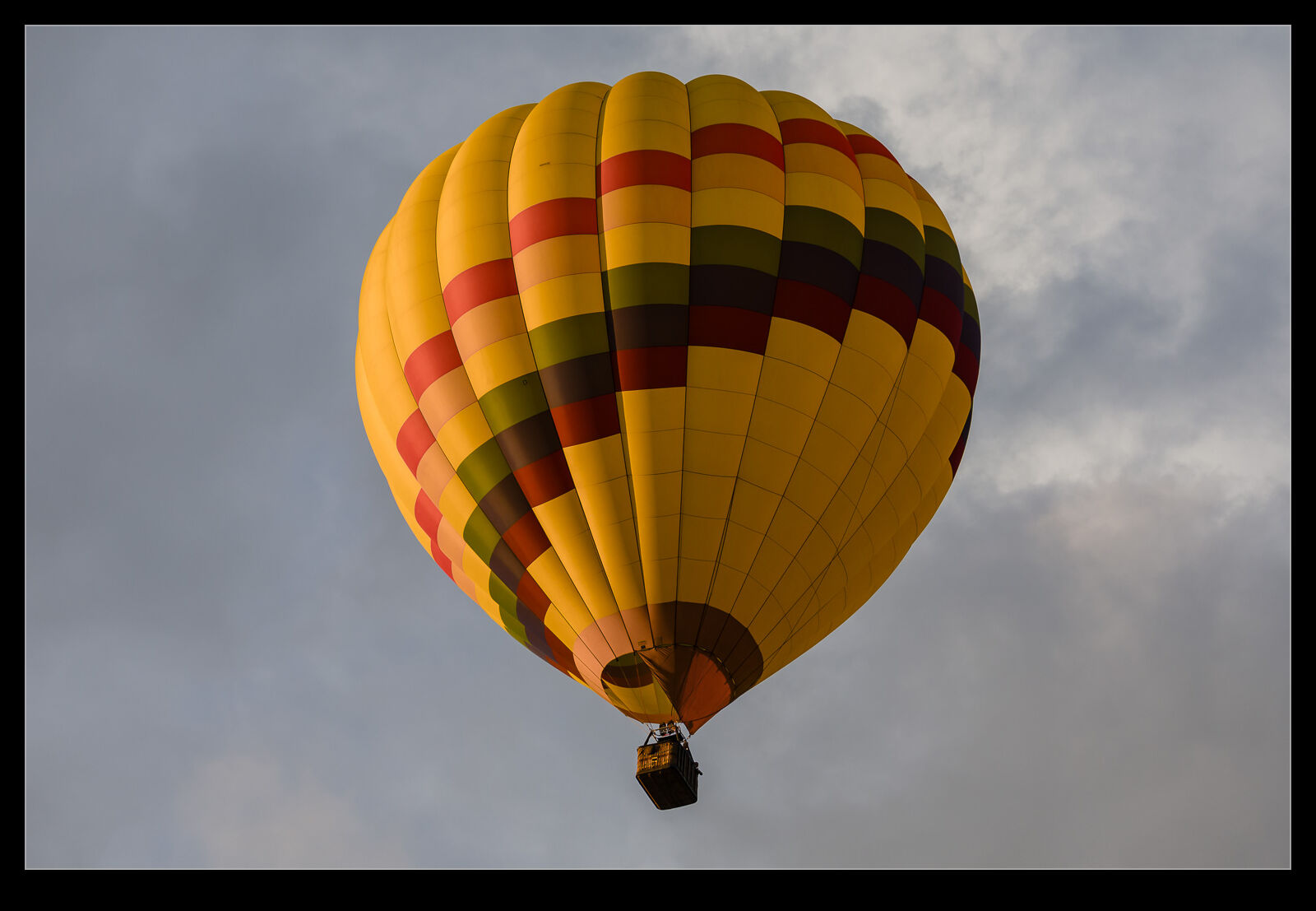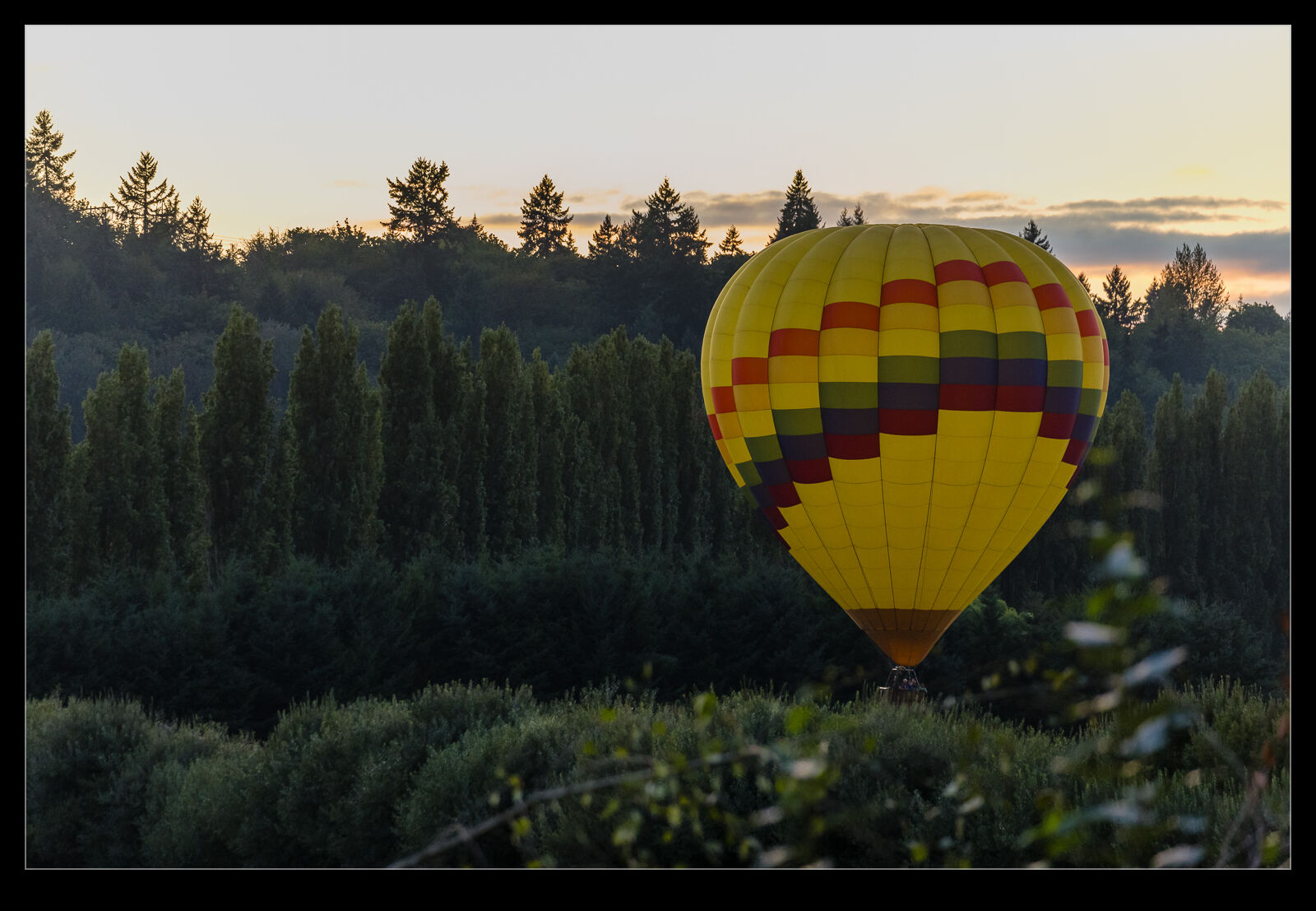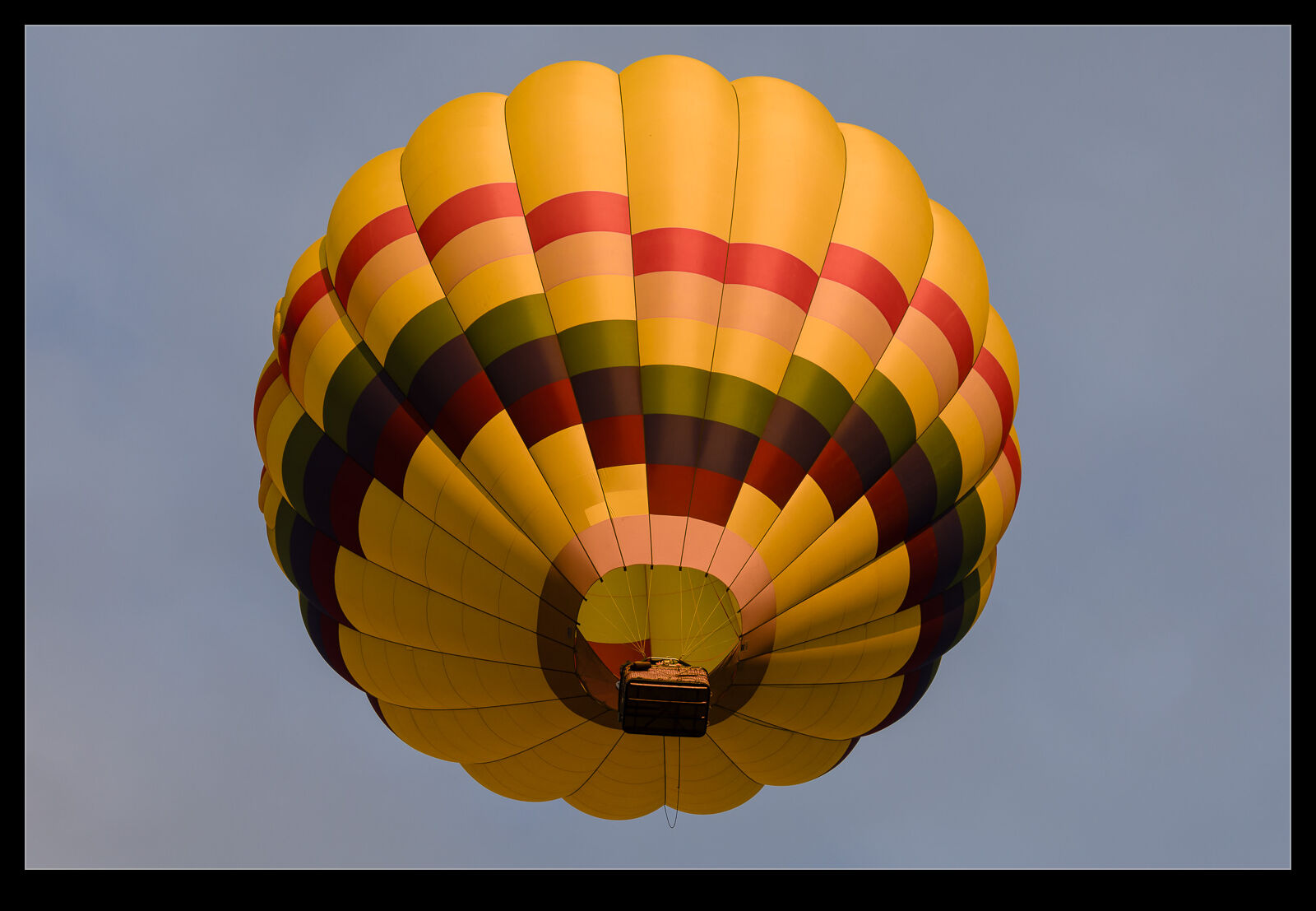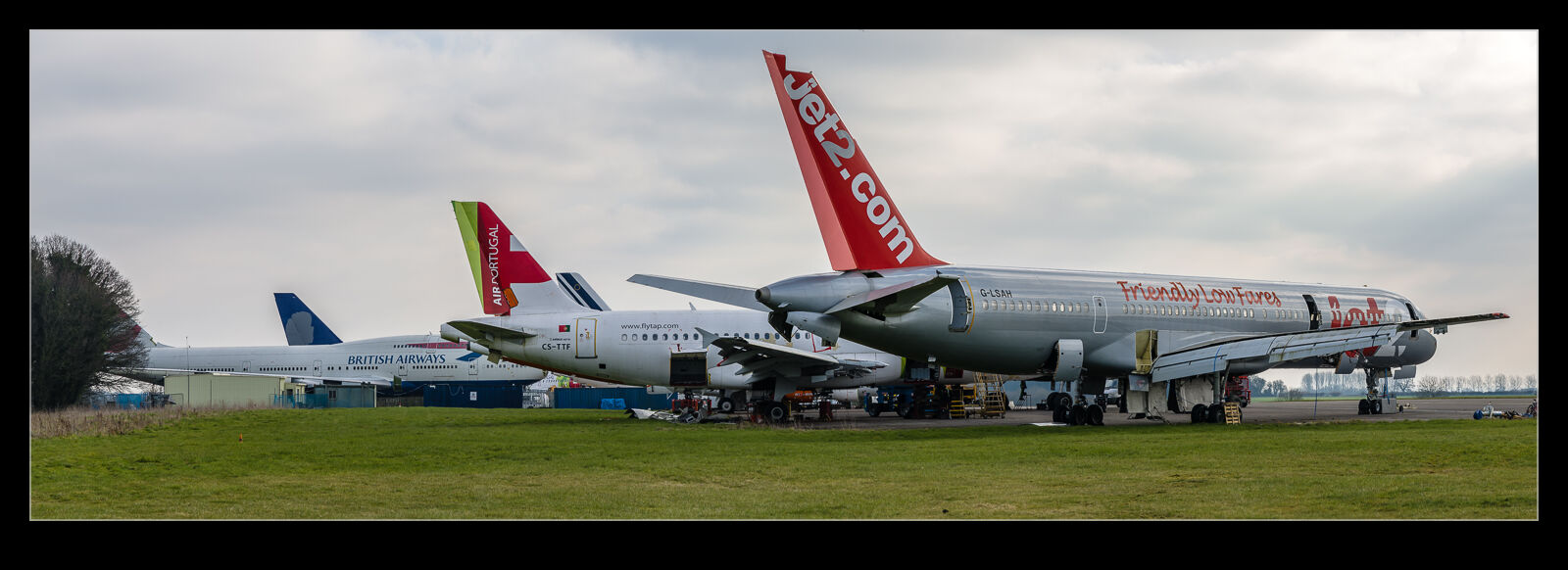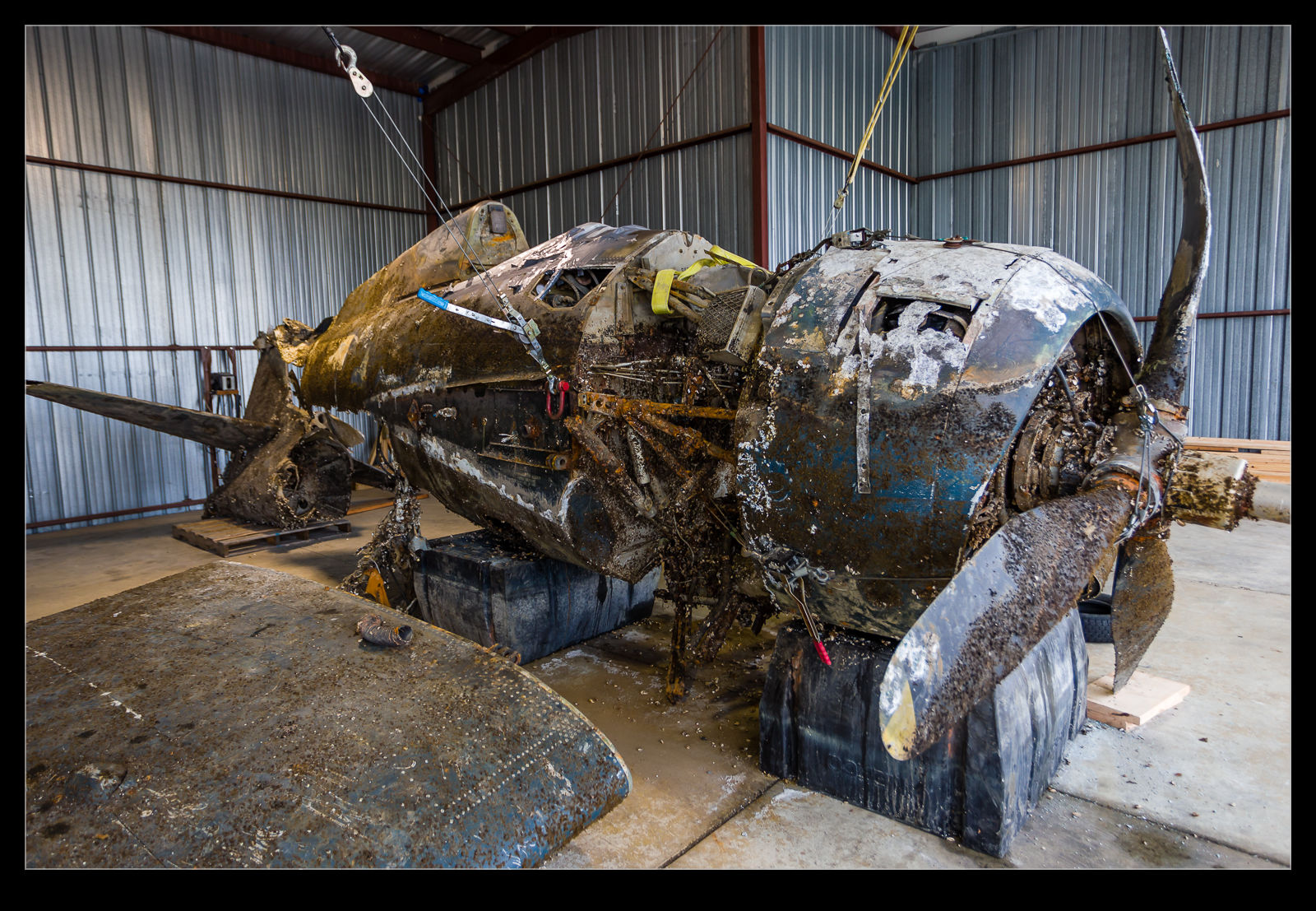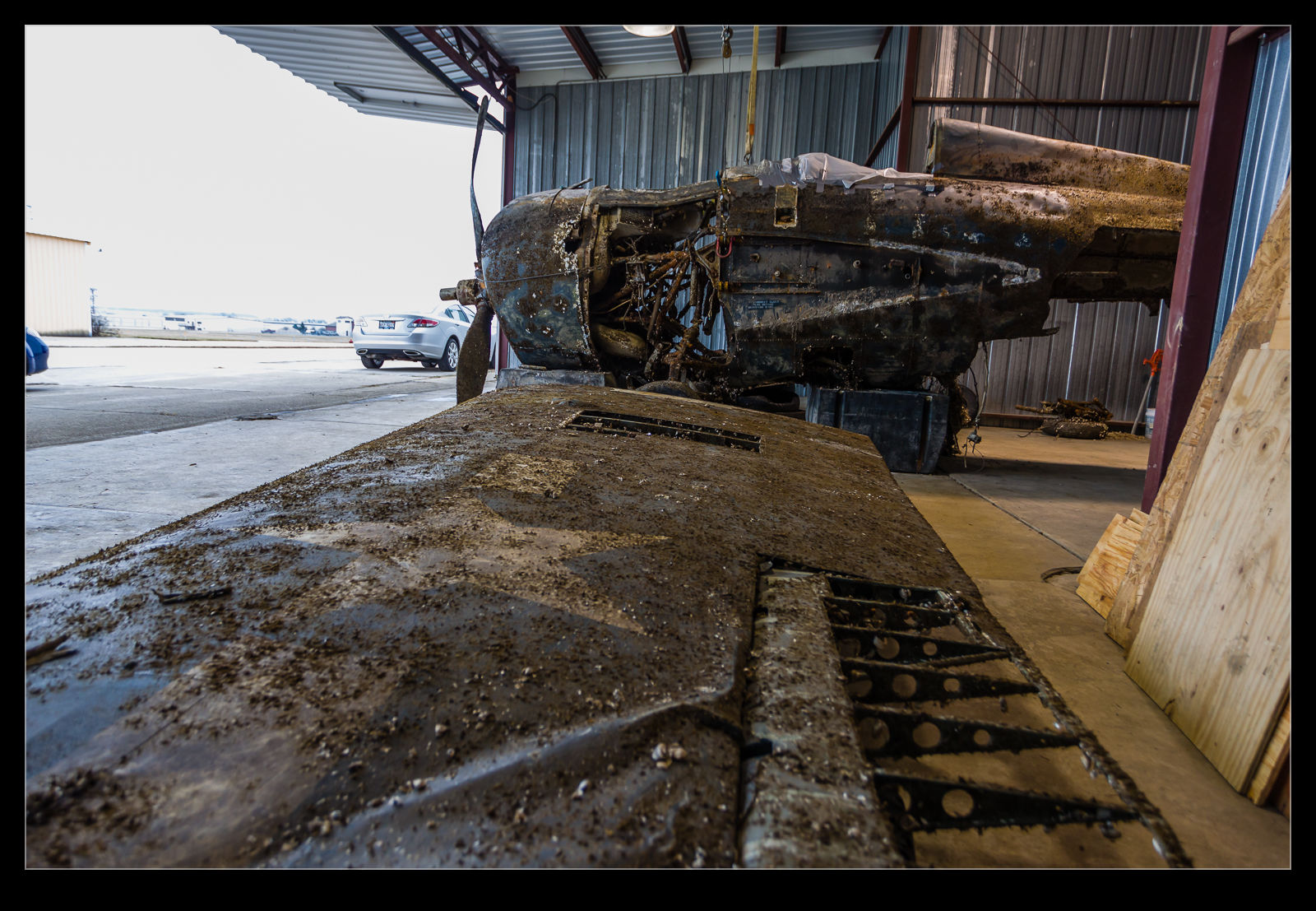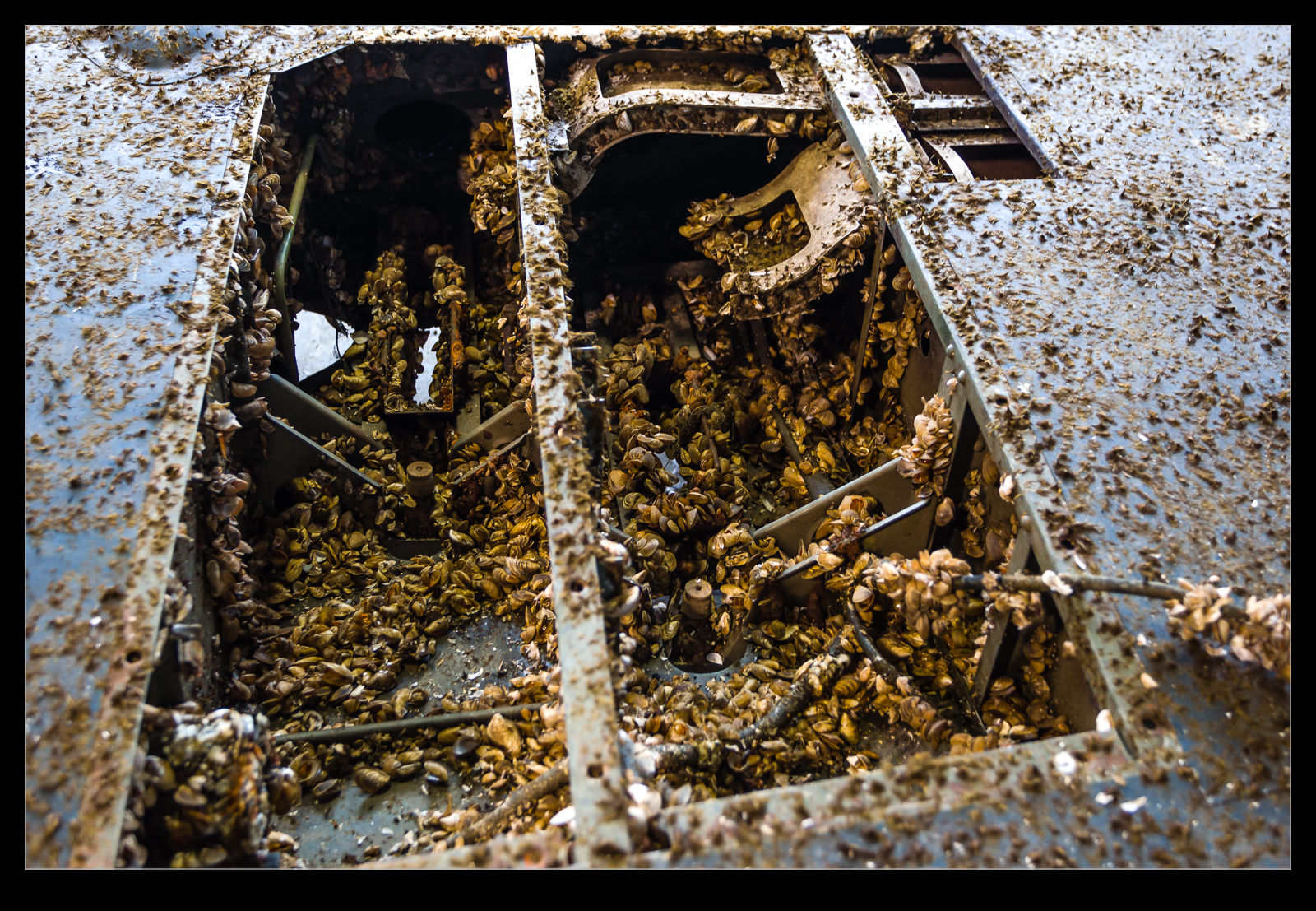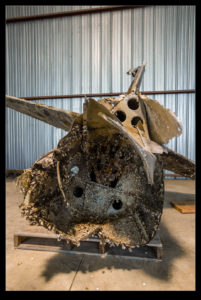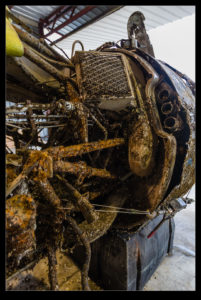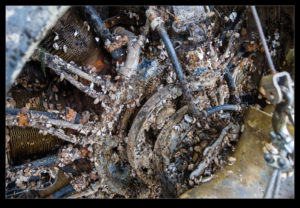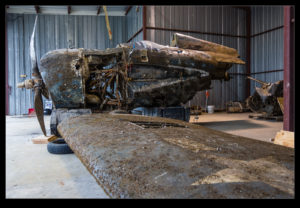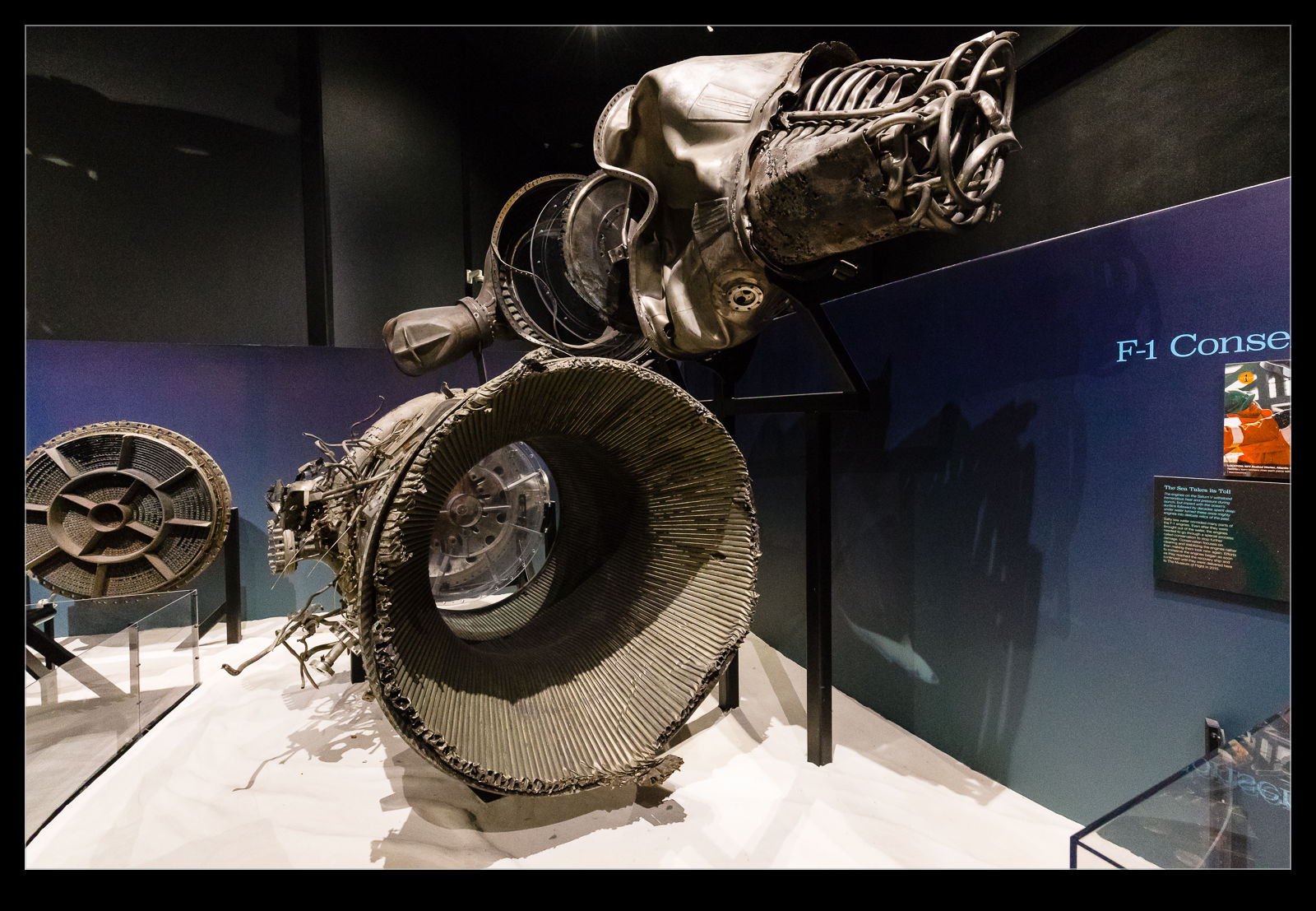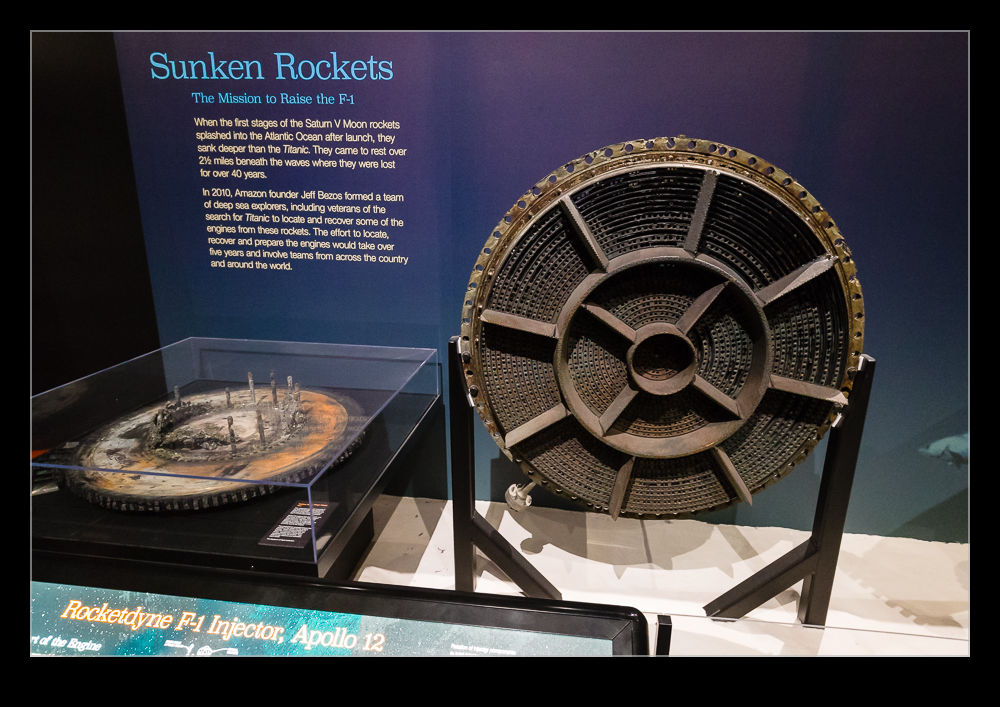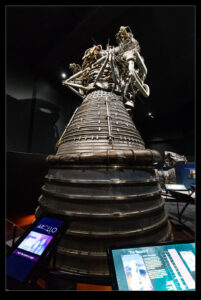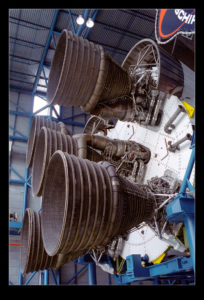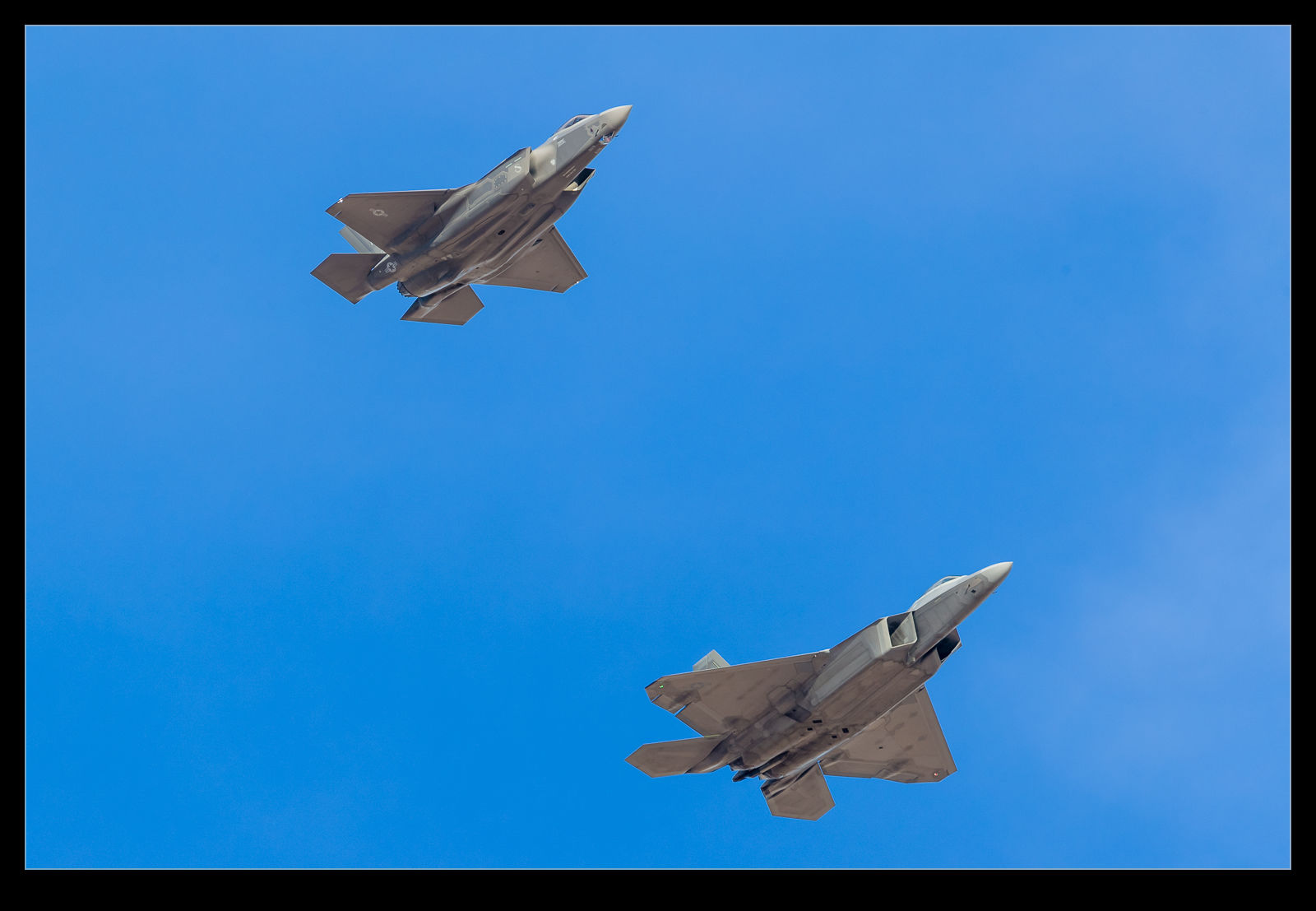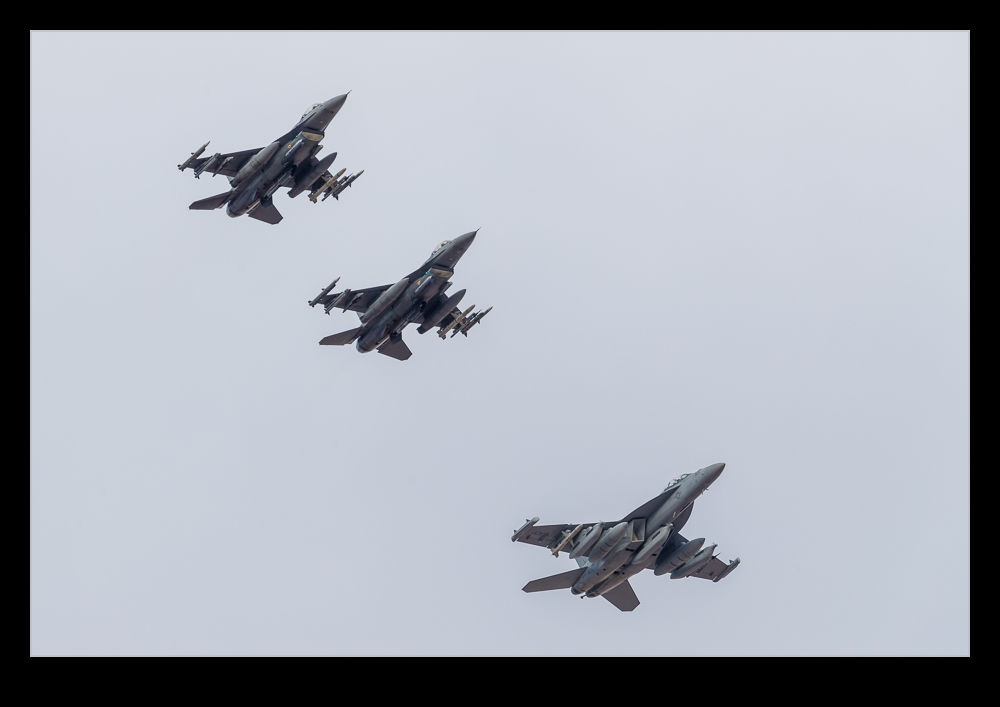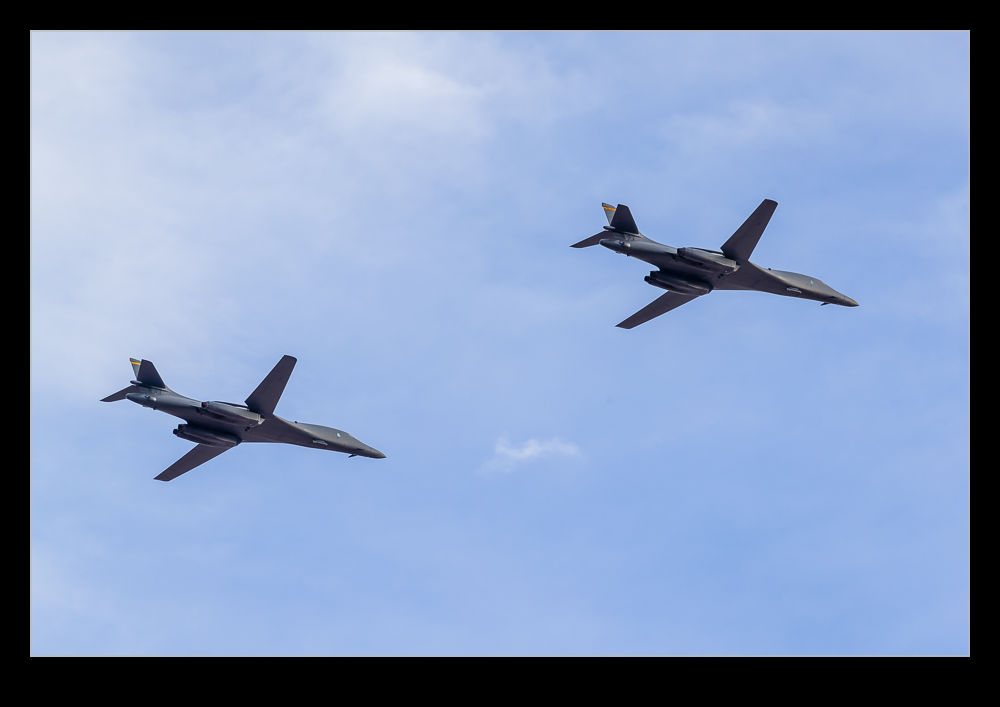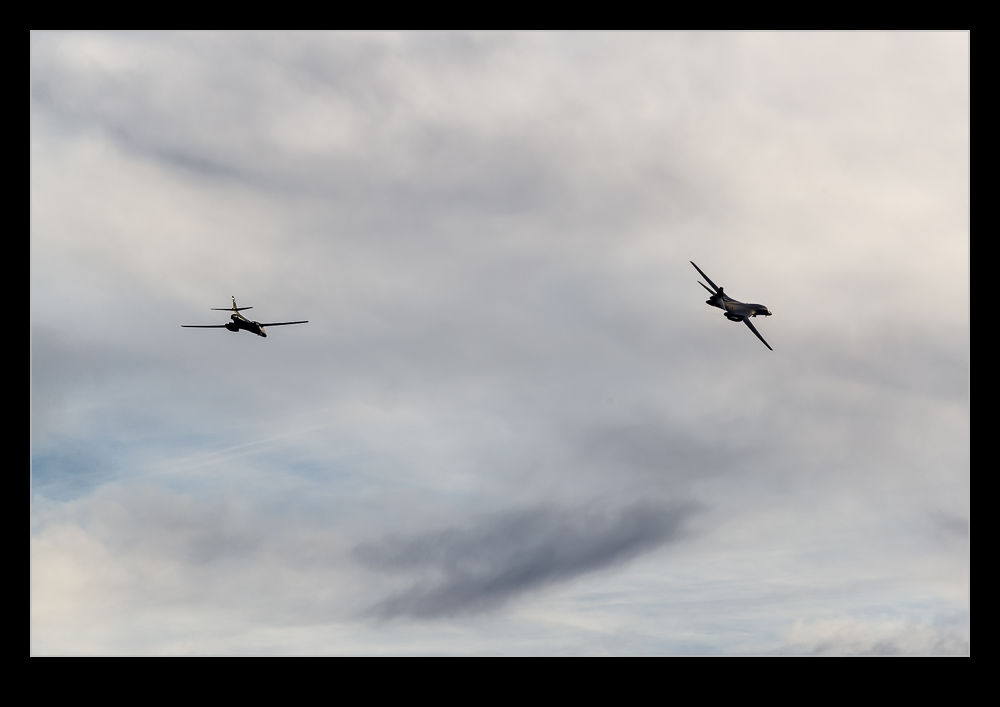Today we have something of a product review combined with a workflow experiment. None of this was something that I wanted to do but circumstances dictated it was time. I had been out for the day shooting some wildlife including some sea otters – that will show up in a future post – and, one returning home and downloading my images, a few of the shots showed up strangely with no preview in Lightroom when I started to import them and were apparently corrupted on the card. Not sure what the cause of this was. The body had just come back from an annual service at Canon and the card was a new one. However, they both worked fine for the majority of the day with just some minor problems with a couple of dozen shots. I shall try and sort that out later.
So, to the problem at hand. I use Sandisk Extreme cards and have had virtually no problems to date. Therefore, I was in new territory. One thing that I do have as a result of using these cards is a bunch of coupons for RescuePro Deluxe. This is software for retrieving lost files from cards. I had used it once many years ago when recovering some shots that had been deleted on the card but not formatted and it had worked well. That was my issue then. Now I needed it due to a problem I hadn’t created.
My first minor problem was that the software defaults to recovering the images to a folder on the C: drive. Since my desktop has an SSD running the OS and everything else on other drives, it isn’t overloaded with space so dumping 32Gb of images on to it caused a minor hiccup. A kicked out of the program, restarted it and found how to change the output directory and then we were off and running. However, now I came across my next issue. It found all of the files on the card, not just the ones that were lost. This is where the brain had a small “doh” moment. I figured if I opened up the card in Explorer and deleted the good shots, it would mean the search would be a lot quicker. Of course, if you are using software designed to find files that have been deleted, it still finds them all. Why didn’t I think of that at the time? Oh well, no big deal since this was all running in the background.
The result of the scan is that all files on the card are now stored in a folder. Unfortunately, they are named sequentially File001, File002 etc. This makes working out which are the missing files a bit more tricky. So, two things were needed for the next step. First, find out the filename for the first file on the card. Then import all of the files into Lightroom by adding them where they are rather than copying them to a new location. With them in Lightroom, it is a simple task to rename them all to their original names using the rename function and making sure you start with the filename of the first file that we found a moment ago. Now all the files have the right name and are still in the recovery folder.
The next step might seem counterintuitive. I delete them all from Lightroom. I don’t delete the master files; just remove them from the catalog. Next – trust me, I haven’t gone mad – I them re-import them all. At this point, Lightroom sees the files with the right names and details and so automatically recognizes which ones are already in the catalog. It then will pick out the ones which were the original missing files and you can import them properly to wherever you want them. Now the recovery folder can be deleted (subject to your normal backup protocols). It sounds a bit complex but, if you work through the process, the longest part of it is the scan of the card for the files in the first place. After that, it all happens pretty quickly.
While RescuePro Deluxe is not the most user friendly piece of software, it did do what was required and I got it free with the cards I have. You don’t own the software. You get a one year subscription with the coupon. Hopefully I won’t need it again this year but it is there if required. I have a bunch of these coupons from various card purchases so I imagine I will be in good shape as long as required. If you have gone through something similar and have a better way of dealing with it, please do let me know. It is always good to learn from the experiences of others.
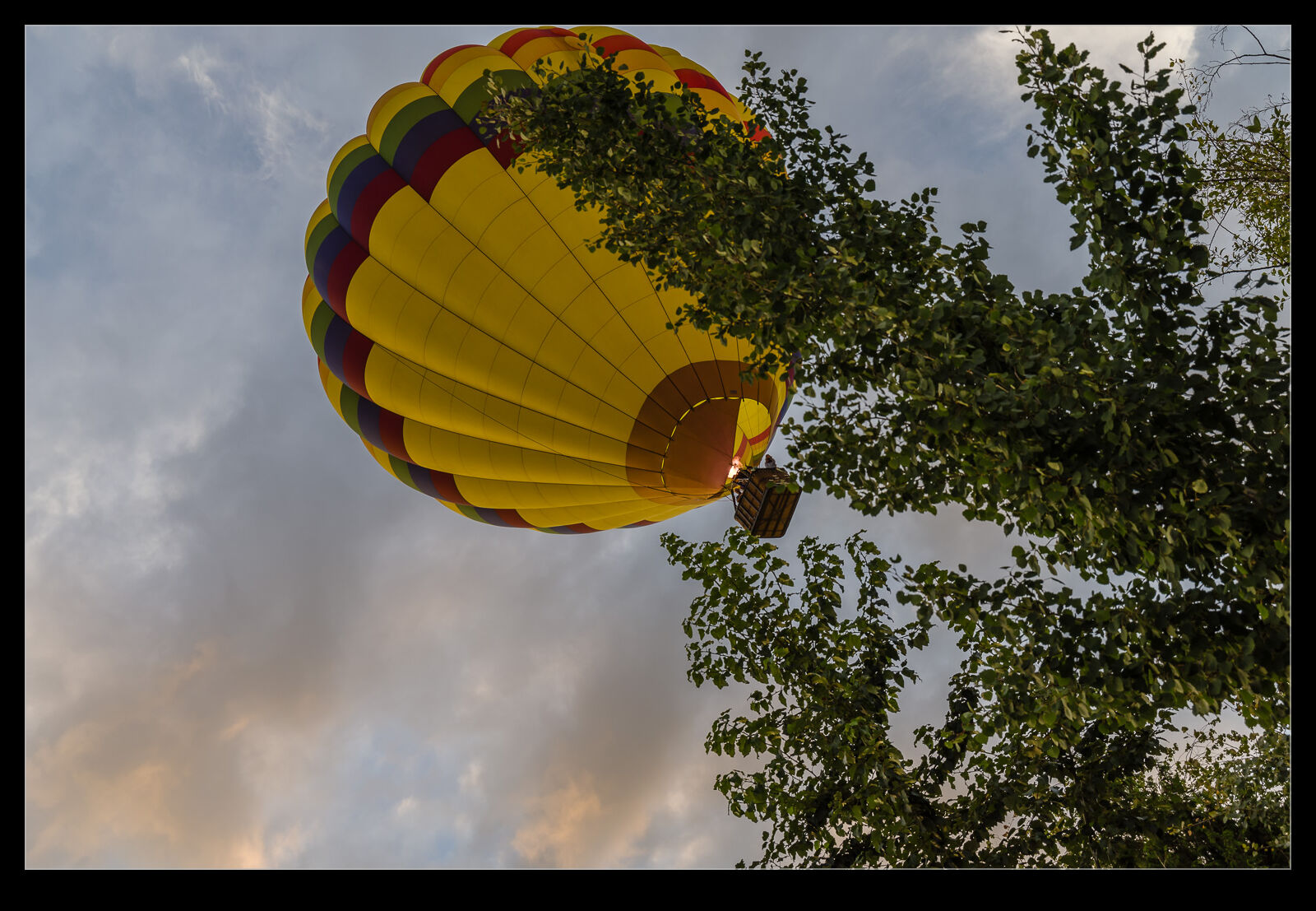 Nice evenings during the summer mean balloon flights over Woodinville and the surrounding area. I was driving home one evening and, as I came up I-405, I could see a balloon that looked like it might be close to home. Rather than turn towards the house, I headed for one of the nearby fields that has been a landing zone for balloons before (and that have made it into posts on here). When I got there, the balloon was close but was tracking slightly west of the field so no way it was going to make it in. It was heading towards the town so I decided to drive towards the south side of the town to see where it might end up.
Nice evenings during the summer mean balloon flights over Woodinville and the surrounding area. I was driving home one evening and, as I came up I-405, I could see a balloon that looked like it might be close to home. Rather than turn towards the house, I headed for one of the nearby fields that has been a landing zone for balloons before (and that have made it into posts on here). When I got there, the balloon was close but was tracking slightly west of the field so no way it was going to make it in. It was heading towards the town so I decided to drive towards the south side of the town to see where it might end up.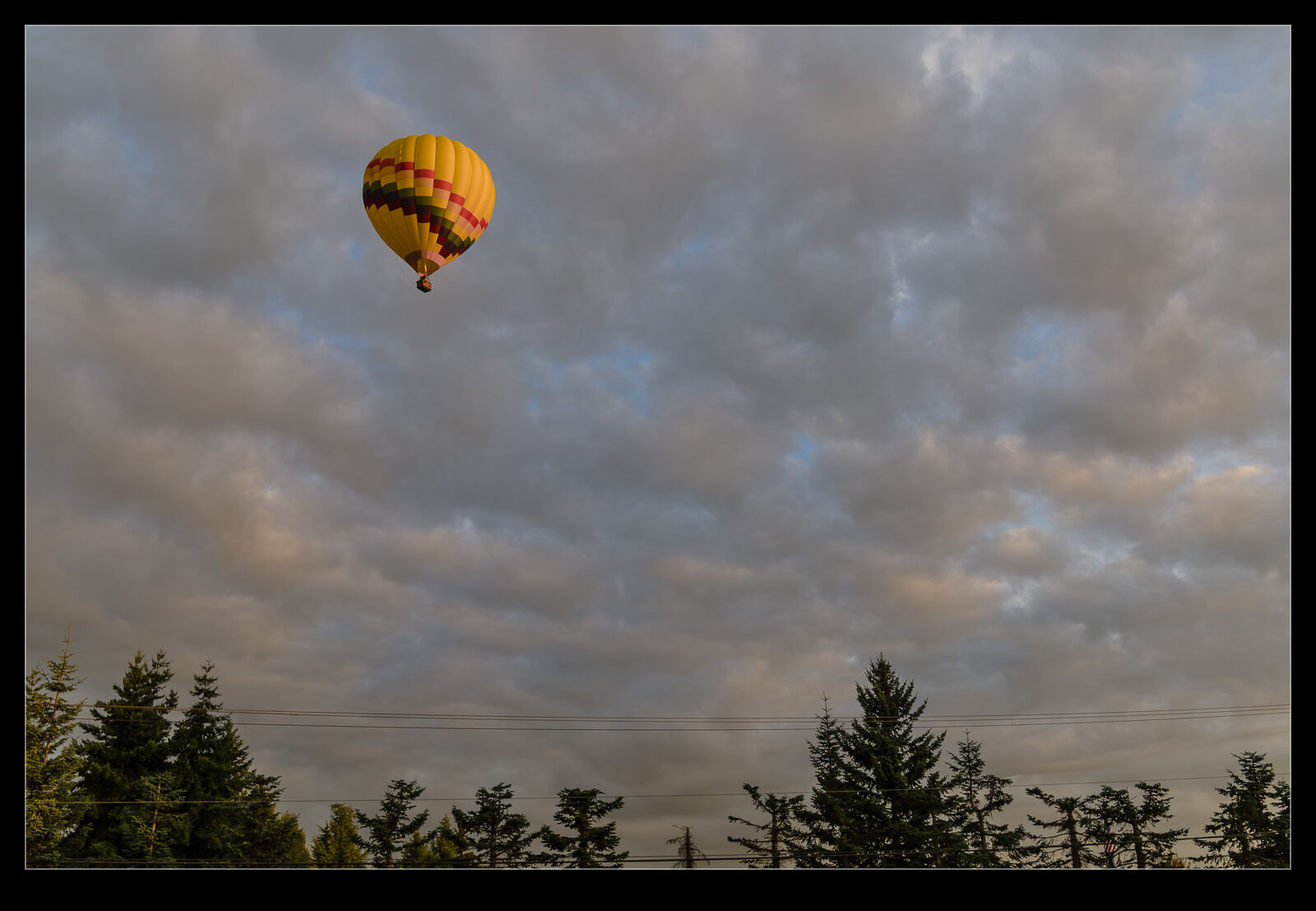 I was coming around the south side on the road that skirts the town and the traffic had come to a halt. This was because everyone was watching the balloon low overhead. I actually took a shot through the sunroof of the car as it came low over me. I looped around the roundabout but didn’t take the south exit because the crew seemed to be heading that way and I didn’t need to crowd things.
I was coming around the south side on the road that skirts the town and the traffic had come to a halt. This was because everyone was watching the balloon low overhead. I actually took a shot through the sunroof of the car as it came low over me. I looped around the roundabout but didn’t take the south exit because the crew seemed to be heading that way and I didn’t need to crowd things.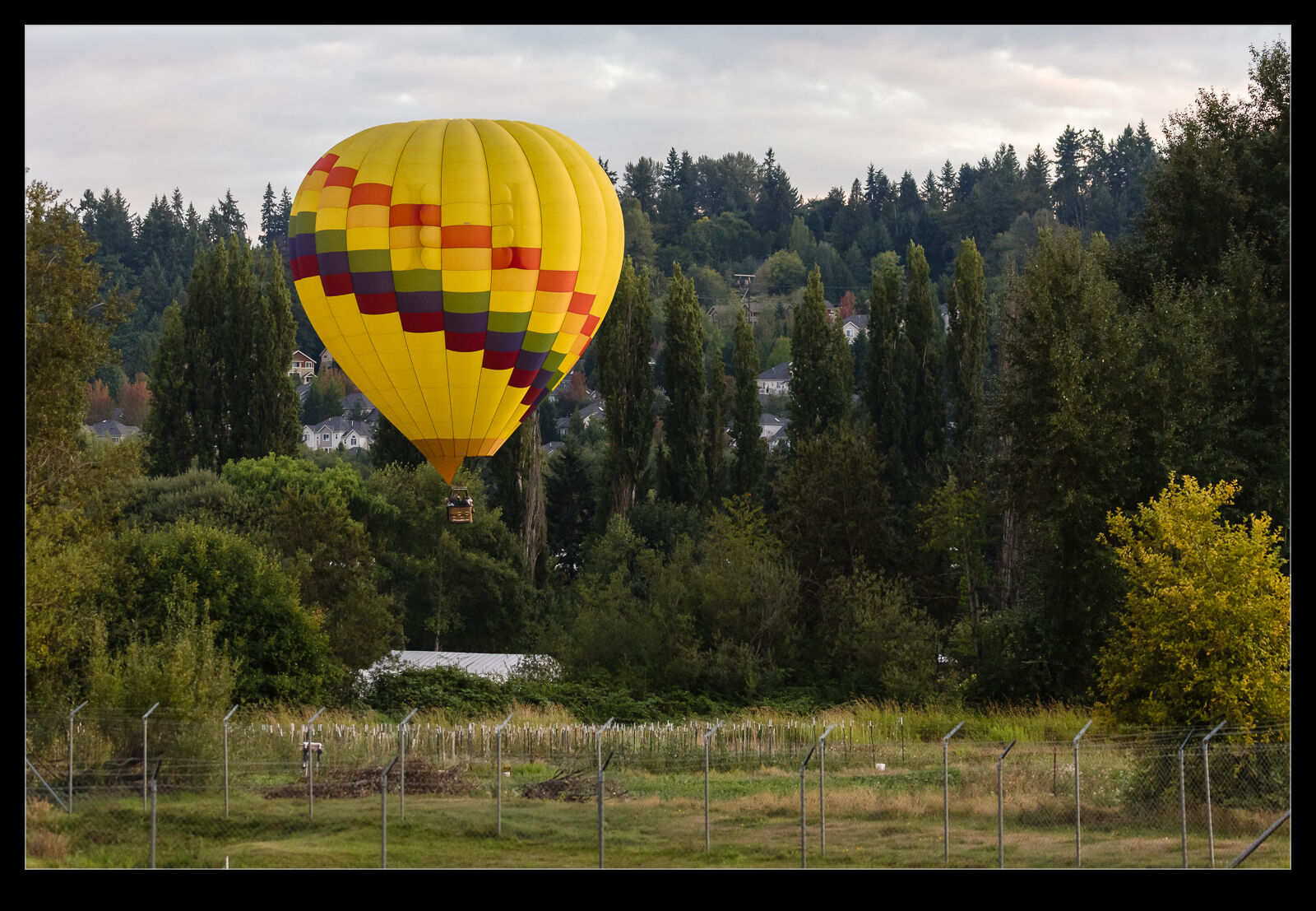 I went around to the next road and looked back across the fields as the balloon continued on its way. It wasn’t touching down so I guess the area was not ideal. I figured I might head a little further south and see if it came even further. I took the road to Redmond and pulled off at one of the field entrances. Sure enough, they were still drifting south but looked like they might finally be getting close to landing. I didn’t shoot much video, but I did get a little to emphasize the way the balloon was drifting through the trees. As I watched it, the ground crew pulled up and started honking at me. They were incredibly rude. As soon as I saw them arrive, I was getting out of the way. Not my fault that they were struggling to catch their balloon, but they behaved like everyone should just get out of their way. I did anyway but, if you are reading this balloon crew, don’t be assholes to bystanders if you are struggling to recover your balloon and its passengers.
I went around to the next road and looked back across the fields as the balloon continued on its way. It wasn’t touching down so I guess the area was not ideal. I figured I might head a little further south and see if it came even further. I took the road to Redmond and pulled off at one of the field entrances. Sure enough, they were still drifting south but looked like they might finally be getting close to landing. I didn’t shoot much video, but I did get a little to emphasize the way the balloon was drifting through the trees. As I watched it, the ground crew pulled up and started honking at me. They were incredibly rude. As soon as I saw them arrive, I was getting out of the way. Not my fault that they were struggling to catch their balloon, but they behaved like everyone should just get out of their way. I did anyway but, if you are reading this balloon crew, don’t be assholes to bystanders if you are struggling to recover your balloon and its passengers.